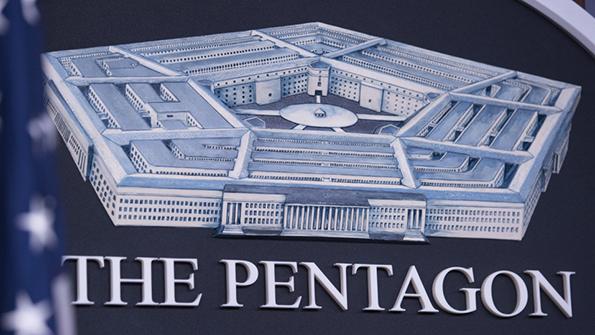
The coronavirus pandemic is going to be as consequential for defense and security as were the Sept. 11, 2001, attacks in the U.S. For the defense sector, there are multiple implications to ponder and possibly to begin to position for as these play out in 2021 and beyond.
Large contractors should fare relatively well in 2020, compared to other sectors. They will not see the demand destruction that is ripping through commercial aerospace and therefore are unlikely to experience financial duress. That alone may enable them to act strategically and aggressively in 2020 and beyond, although there are risks to weigh as well. Here are six changes to ponder:
First, a crisis the size of the COVID-19 pandemic is bound to spawn new government investment and organization to address future outbreaks. The Sept. 11, 2001, attacks led to the formation of the U.S. Department of Homeland Security and creation of the position of director of national intelligence. It’s fair to assume there will be changes in the wake of the current pandemic. Some contractors already have federal services segments that address U.S. health care. Core skills they can bring are dealing with bureaucracies, technology and regulations. There should be new opportunities in 2021 and beyond from whatever changes are made to improve the national resilience and response to future pandemics.
Second, small and medium-size businesses are being stressed. The CARES Act in the U.S. may help somewhat, and changes in Defense Department progress payment rates could be another short-term relief. Large contractors might choose to vertically integrate to improve their fortitude against future shocks. Or there could be further consolidation, particularly of distressed suppliers.
A reintegration of defense and commercial aerospace is a third change that might emerge. The Raytheon-United Technologies merger may be a harbinger of this shift. The ramifications of the coronavirus crisis on the air transport and commercial aerospace sectors could lead to structural changes and a need for capital, particularly in commercial aerospace. If valuations remain depressed in 2020-21 in commercial aerospace, there could be more opportunity for defense contractors to reintegrate.
A fourth change could be to expectations for contractors. The model for U.S. defense since 1945 has largely been that the Pentagon pays for the bulk of research and development, and contractors can reclaim most of their own research and development as an allowable cost for which they are reimbursed. Operating margins have generally risen, compared to levels evidenced in the 1980s and before, and large contractors have in the last 15-20 years allocated most free cash flow to shareholders.
It is conceivable that this model will change in the 2020s. Operating margins may appear to be ho-hum compared to other sectors, but returns on invested capital are attractive.
If there is a greater squeeze on the Pentagon budget and demand for security remains steady or increases, this could compel the Pentagon to change expectations for contractor behavior. Could they be expected to take on more contract risk? Will they need to step up their own independent research and development funding or find more creative ways to access and apply technology to national security needs? On the flip side, could there be more emphasis on dual-use technology investment, as occurred in the 1990s, where research and development for defense should have commercial/civil benefits as well?
A fifth potential change is in security threats and national defense strategies. Some governments and regimes might come through this crisis with their positions enhanced, having overseen relatively mild disruptions and having been able to achieve quick economic bounce-backs. Others, however, will have failed this test, and they could see new political challengers (in democracies) or be overthrown or consumed by internal unrest from competing forces or mass movements that are emboldened by recent failures. The Middle East remains a likely place for these sorts of changes; Venezuela is another. The civil war in Syria and the fighting in Libya are current examples of how state collapse and regime challenge can drag in outside interests.
The U.S. National Defense Strategy that reoriented the Pentagon and contractors toward “great power” competition could be pulled in different directions depending on where fragilities emerge. Some allies may be significantly weakened, and that could bear on U.S. defense planning and export sales. It is not just the coronavirus that matters in this regard; the crash in oil prices is also a factor to weigh.
Finally, the coronavirus has turbocharged federal deficits and is sending federal debt to record levels. It may take weeks or months to assess just how much is going to be added, but there will be a fourth and possibly a fifth stimulus package in the U.S. Ultralow interest rates and the urgency of limiting social and economic damage and keeping the health care system functioning make this tolerable. But higher debt raises the risk in the 2020s that if rates increase, interest outlays could weigh on defense.
Contributing columnist Byron Callan is a director at Capital Alpha Partners in Washington.
The views expressed are not necessarily those of Aviation Week.
